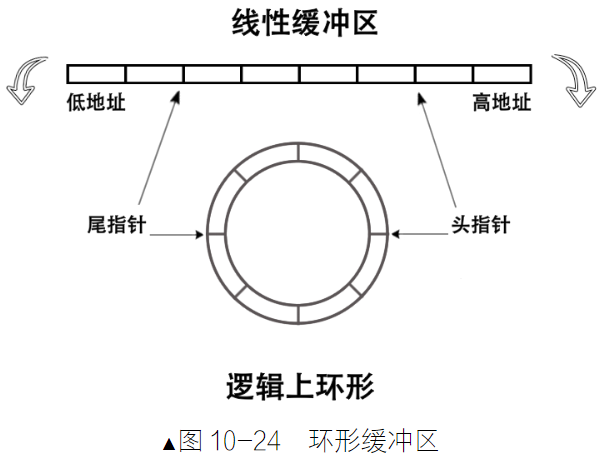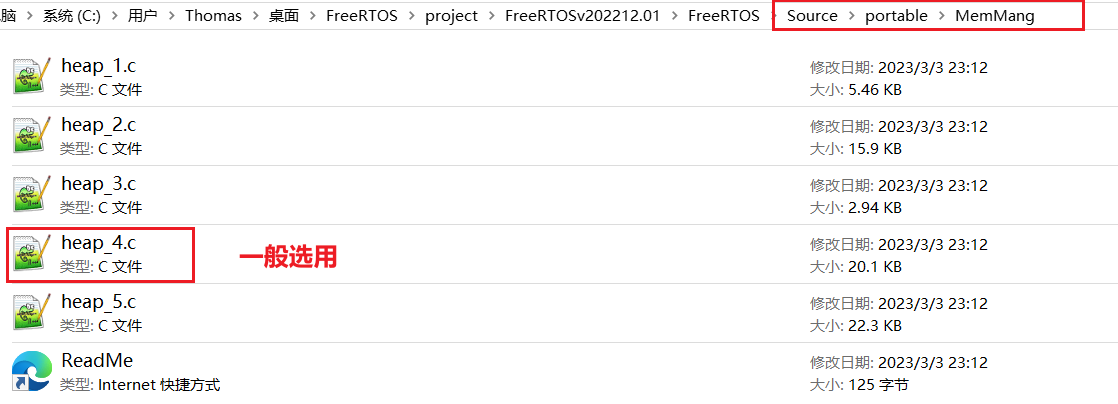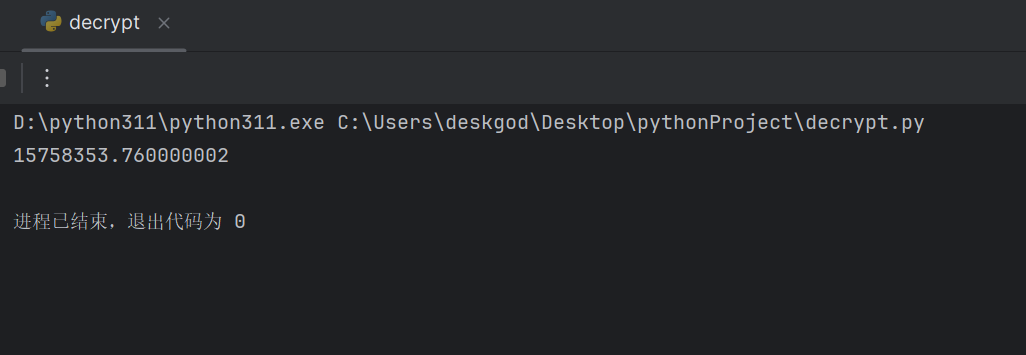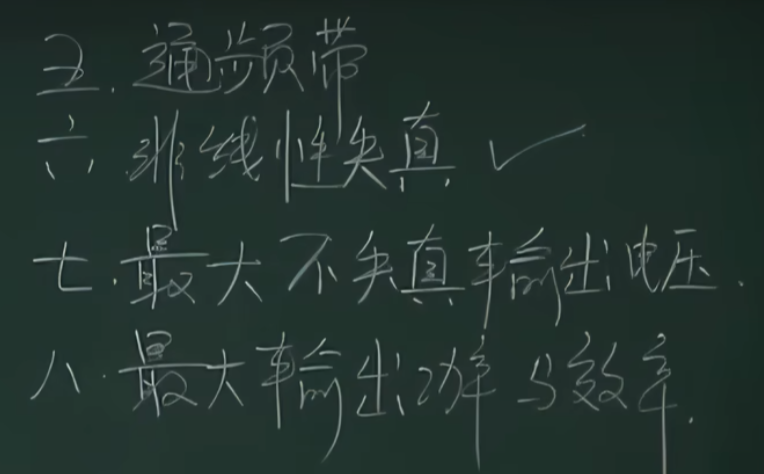题意
给定一棵 \(n\) 个点的树 \(T\),边有边权。现在有 \(q\) 组询问,每组询问给出 \(l, r\),求出:
\(n \le 2 \times 10^5\), \(q \le 10^6\), \(1 \le w \le 10^9\)。
由于与路径长度有关,所以考虑点分治或者 LCA。由于笔者思考 LCA 无果所以这篇题解的做法是点分治。
考虑点分治,对于一个分治过程,我们考虑计算出分治块内点对对询问的贡献。对于分治块内的点 \(x\),记 \(x\) 到分治重心的距离为 \(d_x\)。根据 Shik and Travel 的一个 trick,考虑只记录有用的点对,什么点对是有用的?对于点对 \((x, y)\),如果不存在 \((x', y')\) 使得 \(x \le x' < y' \le y\) 且 \(d_x + d_y \ge d_{x'} + d_{y'}\),那么 \((x, y)\) 是有用的。因为点对 \((x', y')\) 能贡献到更多的询问,并且其 \(\operatorname{dist}\) 还更小,所以 \((x, y)\) 可以被 \((x', y')\) 完全代替。当分治块内不存在更好的点对时,\((x, y)\) 就是有用的。
同时,这里不对每个点来自哪个分治重心的儿子区分,因为如果两个点属于同一个子树,在继续往下分治时这两个点的贡献会被重新计算。在当前分治过程中,即使将两点距离计算错误也不会对最终答案产生影响。
有用的点对有多少呢?观察到当 \(y' = y\) 时,有 \(d_x < d_{x'}\),当 \(x' = x\) 时,有 \(d_y < d_{y'}\),所以有:\(\max(d_x, d_y) < \min_{i = x + 1}^{y - 1} d_i\)。于是我们有了一个找出所有有用点对的方法:将所有点按照编号从小到大排成一个序列,对于点 \(x\),找到左边第一个满足 \(d_l \le d_x\) 的 \(l\) 和右边第一个满足 \(d_r \le d_x\) 的 \(r\),\((x, l)\) 和 \((x, r)\) 就是两个有用的点对。根据这个方法,我们同样证明了有用的点对数量是 \(\mathcal{O}(s)\) 的,其中 \(s\) 是分治块大小,总点对数量就是 \(\mathcal{O}(\sum s) = \mathcal{O}(n \log n)\)。
现在问题转化成对于每个询问 \((l, r)\),找到 \(l \le x < y \le r\) 的最近有用点对,按 \(l\) / \(x\) 从大到小排序之后,扫描线+树状数组即可。总时间复杂度 \(\mathcal{O}(n \log^2 n + q\log n)\)。
代码
#include <bits/stdc++.h>using u32 = unsigned;
using i64 = long long;
using u64 = unsigned long long;constexpr int N = 2E5 + 5, Q = 1E6 + 5;int n, q;
std::vector<std::array<int, 2>> adj[N];int k;
struct Data {int x, y;i64 d;int type;constexpr bool operator<(const Data& w) const {return x == w.x ? y == w.y ? type < w.type : y < w.y : x > w.x;}
} a[N * 60 + Q];bool vis[N];
int siz[N], maxs[N];
int dsum, root;
i64 d[N];i64 ans[Q];void getroot(int x, int par) {siz[x] = 1;maxs[x] = 0;for (auto [y, z] : adj[x]) {if (y == par || vis[y]) {continue;}d[y] = d[x] + z;getroot(y, x);siz[x] += siz[y];maxs[x] = std::max(maxs[x], siz[y]);}maxs[x] = std::max(maxs[x], dsum - siz[x]);if (!root || maxs[root] > maxs[x]) {root = x;}
}
void solve(int x, int nsum) {root = 0;dsum = nsum;getroot(x, x);vis[x = root] = 1;d[root] = 0;getroot(x, x);std::vector<std::pair<int, i64>> vec;auto dfs = [&](auto &&self, int x, int par) -> void {vec.push_back({x, d[x]});for (auto [y, z] : adj[x]) {if (!vis[y] && y != par) {self(self, y, x);}}} ;dfs(dfs, x, x);int m = vec.size();std::sort(vec.begin(), vec.end());std::stack<int> st;auto push = [&]() {for (int i = 0; i < m; ++i) {while (!st.empty() && vec[st.top()].second >= vec[i].second) {a[++k] = {vec[st.top()].first, vec[i].first, vec[st.top()].second + vec[i].second, 0};st.pop();}st.push(i);}while (!st.empty()) {st.pop();}} ;push();std::reverse(vec.begin(), vec.end());push();for (auto [y, z] : adj[x]) {if (!vis[y]) {solve(y, siz[y]);}}
}struct Fenwick {i64 c[N];Fenwick() {for (int i = 0; i < N; ++i) {c[i] = 1E15;}}void insert(int x, i64 val) {for (; x <= n; x += x & -x)c[x] = std::min(c[x], val);}i64 query(int x) {i64 res = 1E15;for (; x; x -= x & -x) {res = std::min(res, c[x]);}return res;}
} fen;int main() {std::ios::sync_with_stdio(false);std::cin.tie(nullptr);std::cin >> n;for (int i = 1; i < n; ++i) {int u, v, w;std::cin >> u >> v >> w;adj[u].push_back({v, w});adj[v].push_back({u, w});}solve(1, n);for (int i = 1; i <= k; ++i) {if (a[i].x > a[i].y) std::swap(a[i].x, a[i].y);}std::cin >> q;for (int i = 1; i <= q; ++i) {int l, r;std::cin >> l >> r;a[++k] = {l, r, i, 1};}std::sort(a + 1, a + 1 + k);for (int i = 1; i <= k; ++i) {if (a[i].type == 1) ans[a[i].d] = fen.query(a[i].y);else fen.insert(a[i].y, a[i].d);}for (int i = 1; i <= q; ++i) {std::cout << (ans[i] == 1E15 ? -1 : ans[i]) << "\n";}return 0;
}











